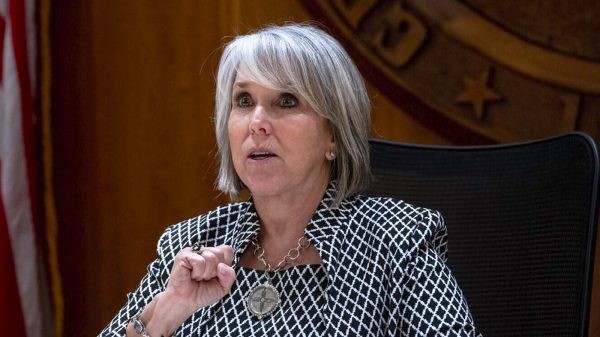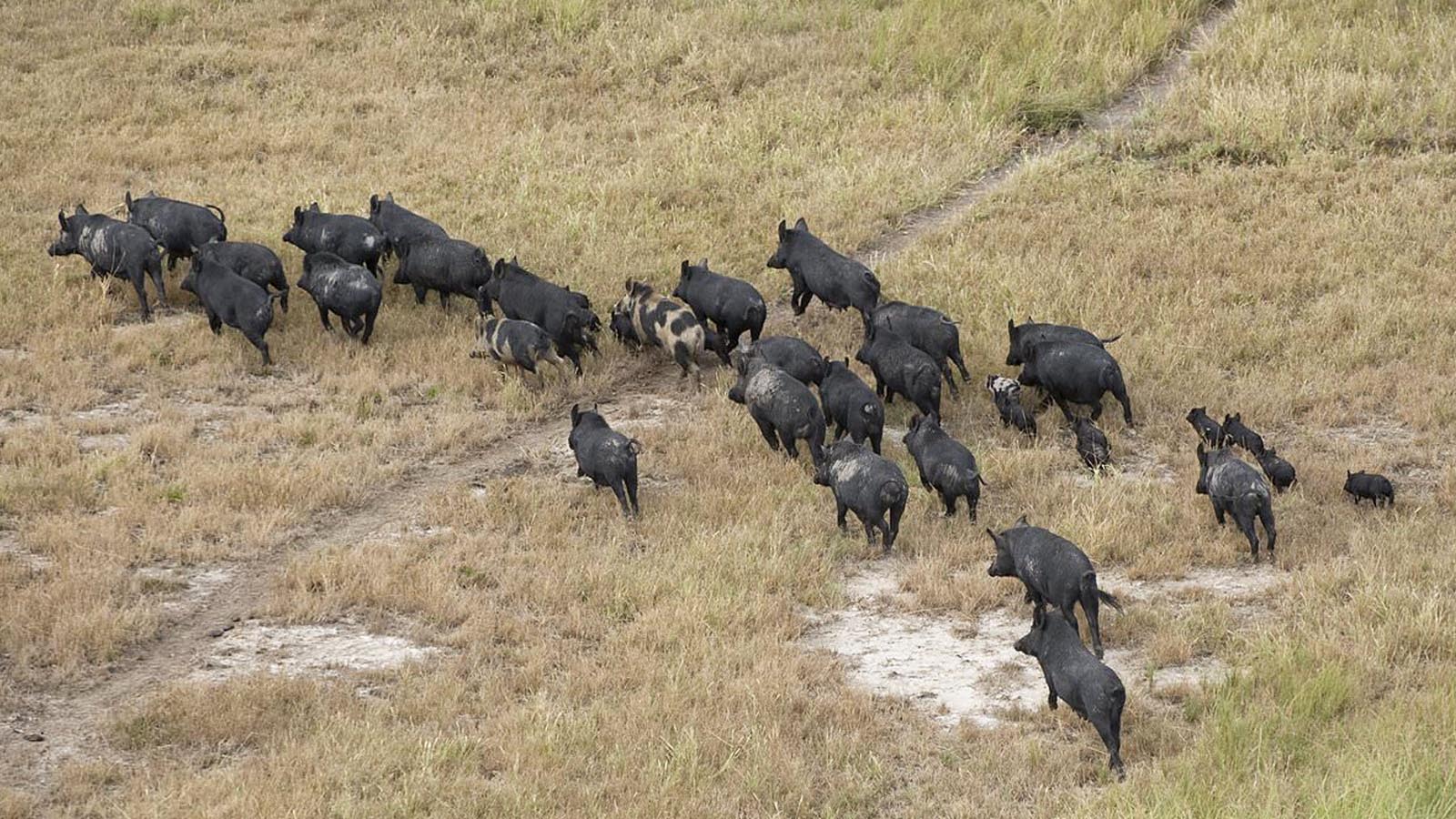Destructive “super pigs” from Canada are beginning to invade the U.S., threatening to add to the billions of dollars in damage already inflicted annually upon the nation by feral swine.
Canadian bacon
Dr. Ryan Brook, lead on the University of Saskatchewan’s Canadian Wild Pig Research Project, told Field and Stream earlier this year, “The U.S. has a 400-plus year history with invasive wild pigs, but we didn’t have any here until the early 1980s.”
“There was a big push to diversify agriculture with species like wild [boars] and ostriches. Wild boars were brought in from Europe to be raised on farms across Canada,” said Brook.
The swinish imports from Eurasia, kept both on meat farms and in hunting preserves, were crossbred with domestic pigs, resulting in “super pigs.” These monstrosities were not only larger, but hardier and capable of surviving in cold climates.
“For surviving in cold winters, one of the rules of ecology is the bigger the better,” said Brook. “Larger-body animals survive the cold better and have better reproduction in those conditions.”
After decades of farmers supersizing their bacon, the market for farmed boars crashed in Canada. In the aftermath, some farmers freed their unprofitable hybrids. Other hogs simply escaped.
It didn’t take long for the population of feral pigs to skyrocket. After all, they have a short gestation period of only 114 days, an average litter of 4-12 piglets, and their females can get pregnant at 6 months of age.
The wild pigs spread like locusts across the Canadian prairie provinces, covering some 620,000 square miles of territory. The University of Saskatchewan indicated a male hybrid wild pig’s territory can be as large as 115.8 square miles in the summer.
These creatures usually weigh between 120 and 250 pounds but can grow up to 400 pounds. They can also run 30 mph.
Brutal Canadian winters toughened up the pigs, which Brook stressed will “feed on anything. They gobble up tons and tons of goslings and ducklings in the spring. They can take down a whitetail deer, even an adult.”
“Originally, it was like ‘wow, this is something we can hunt.’ But it’s become clear that they’re threatening our whitetail deer, elk, and especially waterfowl. Not to mention the crop damage.”
Brook said in a university report, “Wild pigs are so widespread that they are a major challenge to control in Canada, and eradication is only possible with a comprehensive plan to deal with this highly efficient invasive species. In Saskatchewan they are already posing significant risks to agriculture and livestock production. Our mapping of their expanding territory shows just how quickly they are spreading. This is a rapidly emerging crisis.”
Extra to devouring crops and anything with a pulse, the wild pigs are also known to carry diseases like African swine fever.
In January, Brook said the hybrid pigs were about to become an American problem, noting pigs had been sighted less than 10 miles away from the border, along which there was nothing to stop them from stampeding in.
A meaty invasion
The Associated Press reported that aerial surveys recently spotted the hybrid pigs on both sides of the Canada-North Dakota border and more making their way from Manitoba to Minnesota.
Gary Nohrenberg, the Minnesota director of Wildlife Services, indicated that he is not yet aware of any wild pigs stealing into Minnesota.
Brook indicated Canada missed its window to eradicate the beasts. For starters, officials would have had to slaughter at least 65% of the population every year just to prevent the population from growing. Even then, there are indications from previous American efforts that such culling efforts simply prompt the hybrid pigs to adapt and hunt at night.
“Nobody should be surprised when pigs start walking across that border if they haven’t already,” said Brook. “The question is: What will be done about it?”
The U.S. doesn’t need more feral hogs, given that it has an estimated 9 million roaming about 36 states already. They reportedly cause $2.5 billion in agricultural losses every year, with a sounder of pigs capable of devouring 10 acres of corn in a single night.
The pigs also release more greenhouse gases than 1 million cars a year, meaning they pose a threat to climate alarmists’ anxiety levels as well.
The East Bay Times reported that the Minnesota legislature has asked the state’s Department of Natural Resources to prepare to a plan to tackle the invading forces.
It’s unclear what this plan will ultimately entail. There are multiple approaches Minnesota could take.
The Duluth News Tribune noted that in Missouri, hunters once were able to go hog wild, shooting as many feral pigs as they could. Now the practice is prohibited. In Wisconsin, residents are asked to report sightings to the state Department of Natural Resources. Texas allows hunters to turn hogs into furry confetti from hot air balloons.
“The only path forward is you have to be really aggressive and you have to use all the tools in the toolbox,” said Brook.












Are they really talking about pigs? There are humans that cause just as much problems.
Agreed, but there’s no open season on democrats…yet.
TIME TO OPEN SEASON ON CRAZY CANADIAN PIGS. PORK CHOPS, BACON, PORK RIBS, HAMS, SAUSAGE, PORK LOIN. MIGHT BE A WILD TASTE BUT NOTHING A FEW HERBS OR SMOKING COULDNT CURE